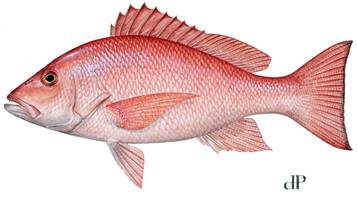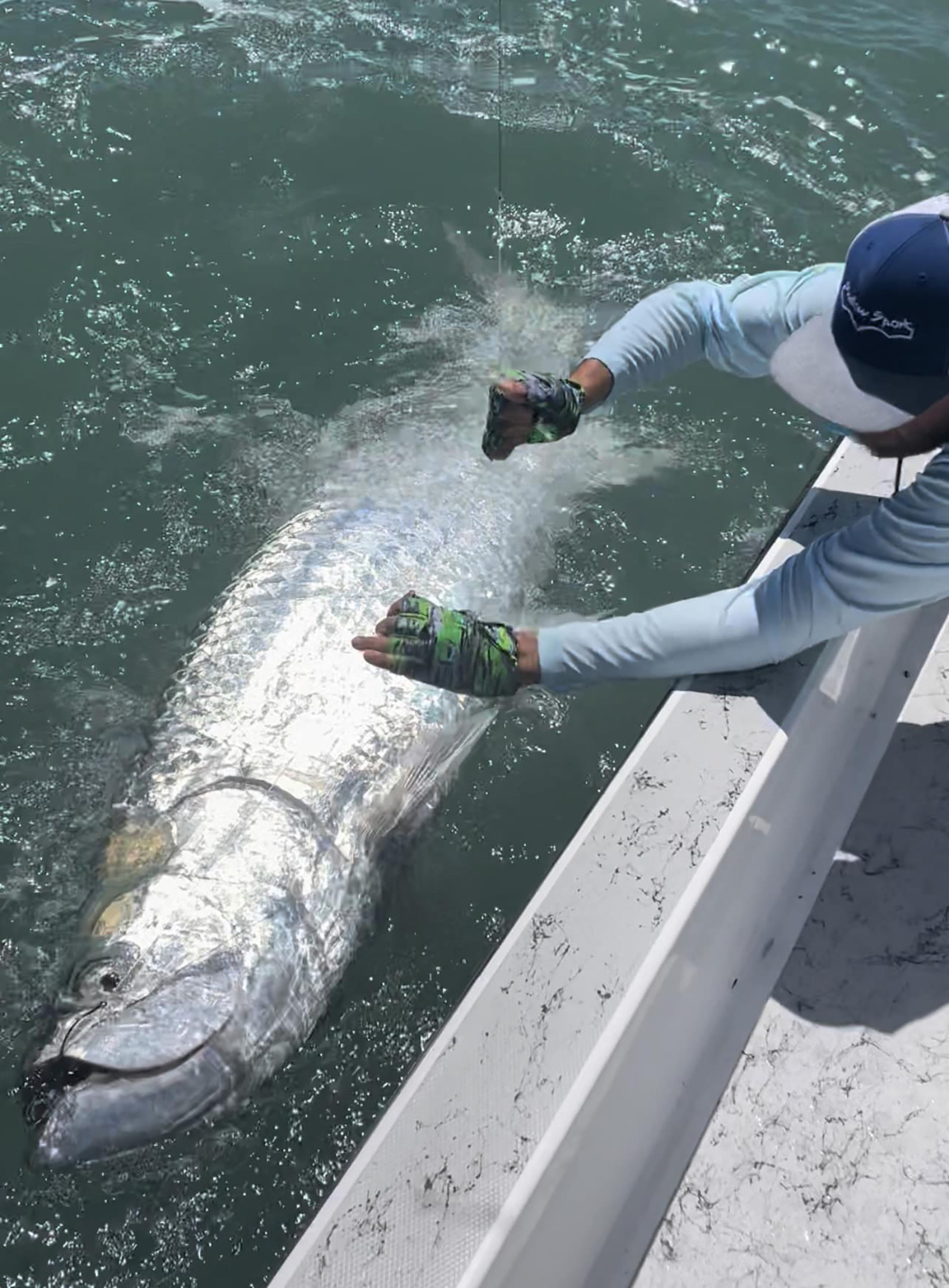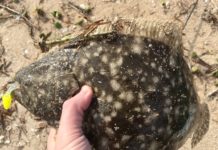Texas recreational anglers now have a definitive answer on red snapper fishing in the Gulf of Mexico in 2014: You have nine days to catch the valued species, beginning June 1, after a Wednesday announcement by NOAA Fisheries.
The Gulf of Mexico Fishery Management in a stunning move in April approved an 11-day Gulf recreational snapper framework, with a decrease in the overall catch quota for recreational and commercial anglers.
The bag limit in federal waters remains two fish that are at least 16 inches long, while the daily framework in Texas state waters — where fishing is allowed year-round — is four fish which must be at least 15 inches. However, more than 95 percent of the red snapper landed in Texas come from federal waters, according to Texas Parks and Wildlife Department figures. Most of that catch – about 80 percent – comes from head boats which take out numerous paying clients offshore.
In Texas federal waters begin 9 nautical miles from the coast and extend 200 nautical miles.
The length of the federal recreational season in the Gulf is determined by the amount of the quota, the average weight of fish landed and estimated catch rates over time. NOAA Fisheries is responsible for ensuring the entire recreational harvest, including harvest in state waters, does not exceed the recreational quota. Therefore, if states establish a longer season or a larger bag limit for state waters than the federal regulations allow in federal waters, the federal season must be adjusted to account for the additional harvest expected in state waters.
The Gulf council in December set a 40-day recreational red snapper season.
Texas anglers not wanting to wait on a shortened snapper haul, which still could be cut back further, may currently take party boats out of Port Aransas as part of a federal program. Federal fisheries managers have an eye on improving the scientific side of snapper fishing, implementing a two-year study in January aimed specifically at nailing down just how much snapper is brought overboard. Dubbed the Gulf Headboat Collaborative, the program allows only 20 federally permitted headboat captains to fish for red snapper and gag grouper all year as long as they have not exhausted their allocations for the species. Included in those headboats are fishing operations based out of Port Aransas.
Those captains must adhere to their specific allocations and strict data collection, including reporting their trips electronically before conducting an outing, providing a time of return and then completing a log of their catch through the Headboat Survey online system, which will keep a running tally of landings, estimated in pounds after being formulated for the average fish size in each Gulf area.
One major caveat to the initiative is the quota and how long it takes to reach it. Red snapper landing estimates in Texas waters are included in the federal estimates and once the overall allotment is landed, even those captains in the Collaborative would be forced to shut down their trips.






















